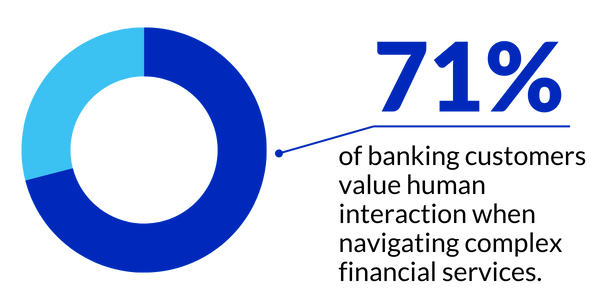Automated loan packages have been revolutionizing the space for a good while now. While these technologies have lightened multiple pain points for lenders, they have introduced opportunities for misuse that create more problems than they solve.
Increasingly, DSCR lenders are using automated residential loan document packages which they try to adapt for commercial loans. As explained below, this approach poses — and in some cases, even creates — risks for unwary lenders.
In this post, we will take a look at how making this choice can place lenders firmly in two traps: one that leaves them with too little support and one that offers too many risks.
The “Too Little” Trap
In modifying a residential automated loan package to a commercial use case, a lender might take the approach of excising all loan materials related to the residential document package. This approach, in theory, might seem like good sense, but in reality, it leaves the lender with an incomplete commercial loan package.
What does that entail? Well, for one, the note and mortgage would be overly simplistic. If the lender needed to enforce its rights under the loan documents, it would only be able to bring action to collect the debt and foreclose on the property. However, the lender would not have the broader rights it would need to gain control over leases, rents, or tenants. Key commercial property- and borrower-related reporting requirements, representations and warranties, and legal covenants would be missing from the loan package.
An automated commercial loan package tailored to the needs of a commercial lender includes the more complex and comprehensive materials lenders need to deal directly with tenants, enforce leases and collect rents. Proper commercial loan documents also facilitate a scenario where a lender could appoint a receiver to take control of the mortgaged property and take any necessary actions to protect the physical condition (and inherent value) of that asset pending a foreclosure.
The borrower might gain the right to seek an injunction to prevent foreclosure or the appointment of a receiver.
To consider this in real world terms, let’s look at a client use case. A former client foreclosed on an SFR used for business purposes, but because the loan was determined to be a consumer loan, the lender was prevented from collecting a deficiency from the borrower when the proceeds of the foreclosure sale were not sufficient to pay off the outstanding balance of the secured debt.
The lender might lose certain rights in a bankruptcy proceeding.
In a bankruptcy filed by the borrower to prevent a foreclosure, the lender might be prevented from (A) taking advantage of applicable “single asset debtor” protections available to commercial lenders (the vast majority of entity borrowers for DSCR loans hold title only to the collateral property) which allows a lender to have the bankruptcy dismissed after only 90 days, or (B) seeking a commercial “363 sale” to complete a foreclosure sale within the bankruptcy proceeding.
Again, in real world terms, the use case is not pretty. Imagine a scenario in which a commercial lender needs to pursue a claim against a borrower in bankruptcy court. Bankruptcy courts seek ways to help debtors restructure their businesses or debts to prevent the loss of the debtor’s assets. A commercial lender seeking to enforce rights in bankruptcy cases will have limited options if the court perceives the loan as residential. Struggling borrowers can buy time and limit the lender’s options in these scenarios. If that lender’s loan was seen by the court as commercial, however, the lender would have broader rights available in any bankruptcy action.
Commercial Automated Loan Packages – The Best and Safest Bet
What options do commercial lenders have, then? Automated loan packages that have been designed specifically for commercial lending, of course. Innovative technology-driven businesses like GoDocs do just that, creating attorney-curated packages that speak only to commercial lending. These products are not “either/or” packages that claim to work in either commercial or residential scenarios. Instead, these professional solutions are automated clause-by-clause based on the commercial lending needs and requirements. The GoDocs automated solution offers a complete set of commercial loan doc packages, including multifamily and 1-4 unit business purpose loans, regardless of complexity.
Modifying an automated loan package to cut a few corners is risky business. Going, instead, with a solution that is tailored directly to the needs of the commercial lending space places a lender in a much more secure and actionable position, particularly when needing to preserve the integrity of their investment.
Schedule a custom demo to learn more about GoDocs’ digital solution for commercial loans with a module specific to non-QM loans.

Checklist: What a Commercial Lender Needs in an Automated Loan Package
What you need to know. We’ve been delving into an interesting, fairly common happening in the commercial lending space. Commercial lenders are modifying automated loan

Commercial vs. Residential Loan Packages: Don’t Risk it with a Residential Loan Doc Provider
It’s Not Worth the Risk In a recent post, Too Little, Too Much: How Automated Residential Loan Packages Can Endanger Your Commercial Loan, we looked

Too Little, Too Much: How Automated Residential Loan Packages Can Endanger Your Commercial Loan
Automated loan packages have been revolutionizing the space for a good while now. While these technologies have lightened multiple pain points for lenders, they have






